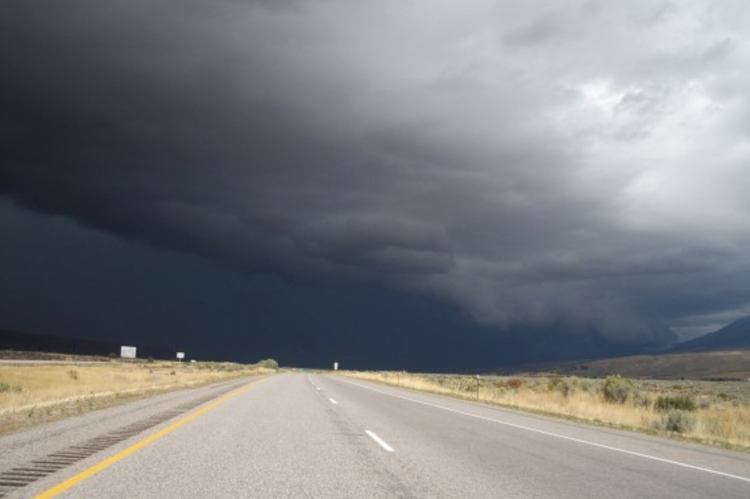
Storms Bring More than Wind, Rain and Hail
Make no mistake, storm season in North Texas can be a scary experience even for lifelong residents. Especially this time of year, we are no strangers to hearing the eerie wail of storm sirens or posting photos of hail that confirm to the rest of the nation that everything is bigger in Texas.
For storm victims, the scariest thing next to the storm itself is cleaning up and getting their lives back on track. These fears are well founded. Smashed cars, personal belongings scattered about by Mother Nature, and leaky roofs from every subsequent rain create a feeling of vulnerability one can only imagine unless they have been through it themselves. Vulnerability is the prey of the lowest of segments of our society and, in the contracting world, we call those storm chasers.
How can you spot a storm chaser? Look for contractors, often from out of state, soliciting with flyers in your mailbox or going door to door and contractors who ask for a signed contract to assess the damage or speak with your insurance adjuster. Sometimes the fine print in these contracts binds you to do business with them. Another huge red flag is a request for a large down payment or a bid in the entire amount of the insurance settlement. If they ask you for a large down payment, say, in your best Clint Eastwood in Gran Torino voice, “Get off my lawn!”
The best advice is often the hardest to follow when you are vulnerable, but it will likely keep you from being further victimized by these scavengers. Take your time and do your research. Be sure to help elderly neighbors, friends or family with this if you can. A quick Google search can turn up anything you need to know about a prospective contractor and not finding anything also tells you all you need to know. Membership in a professional organization such as the Dallas Builders Association or the National Roofing Contractors Association indicates they are a local contractor who is truly invested in their industry. You should also ask for (and receive) a list of client references. Reputable contractors are happy to provide them. Also, be sure to get at least three bids.
Once you have selected a contractor, help them, help you. HOAs often have specific requirements on roofing materials and colors that are acceptable. Your contractor should know this, but it never hurts to ask and make sure. If your home is fairly new, your builder should be able to tell you exactly what cladding and roofing materials were originally used.
For those unfortunate enough to be part of a larger natural disaster, Chapter 57 of the Texas Business and Commerce Code offers specific protections. The law applies to contractors who remove, clean, sanitize, demolish, reconstruct or improve property as a result of damage or destruction caused by a natural disaster. The disaster must be officially declared by the Governor.
Specifically, the law requires that a “disaster remediation” contract be in writing. A disaster remediation contractor is prohibited from requiring payment prior to beginning work or charging a partial payment in any amount disproportionate to the work that has been performed. The statute exempts contractors who have held a business address for at least one year in the county or adjacent county where the work occurs.
We sincerely hope that you and your loved ones never have to use the advice in this article. However, destructive weather is a fact of life in our area and while we cannot prevent that, we can prevent what comes afterwards. If you have any questions at all about the recovery process, do not hesitate to contact us. If you have suffered hail damage, click here to access a list of Dallas BA member roofing contractors.
Related article: What to consider in every home building project.